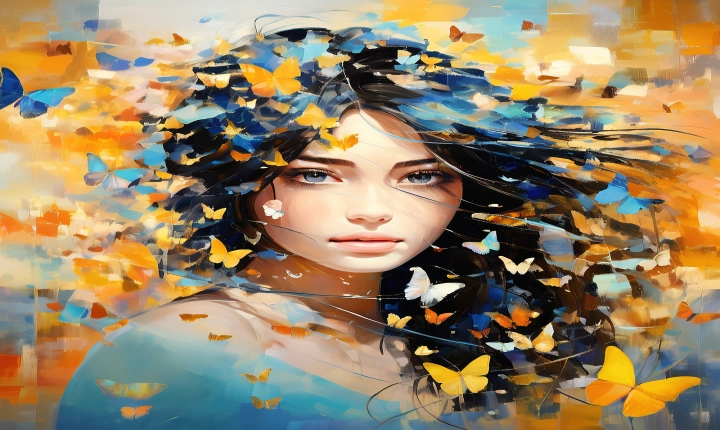Title: How to Write a Good AI Art Prompt: A Beginner’s Guide
As artificial intelligence (AI) becomes increasingly integrated into the world of art, the need for effective AI art prompts has grown. Crafting a good AI art prompt is a nuanced process that requires attention to detail and creativity. Whether you’re a seasoned professional or a novice exploring the possibilities of AI art, mastering the art of writing a good prompt is essential. In this article, we will provide a comprehensive guide for creating compelling and effective AI art prompts.
Understand the Capabilities of AI Art Tools
Before delving into the process of writing a prompt, it’s important to have a thorough understanding of the AI art tools at your disposal. Familiarize yourself with the features and capabilities of the AI art platform or software you intend to use. This will help you tailor your prompt to effectively leverage the strengths of the AI system and produce the desired artistic output.
Define the Parameters and Constraints
A good AI art prompt is clear and specific. Begin by establishing the parameters and constraints that will shape the AI’s creative process. Define the desired artistic style, color palette, subject matter, or any other pertinent details that will guide the AI’s interpretation. By providing a clear framework, you can direct the AI’s artistic decisions while allowing room for expressive freedom.
Incorporate Visual References and Inspiration
Visual references and inspiration can significantly enhance the quality of your AI art prompt. Include images, videos, or links to artworks that exemplify the aesthetic or concept you wish to convey. This visual context provides valuable cues for the AI, enabling it to generate art that aligns with your vision.
Craft Engaging and Evocative Language
The language you use in your AI art prompt plays a crucial role in stimulating the AI’s imagination. Utilize descriptive and evocative language to convey the mood, emotions, and narrative elements you want to evoke in the artwork. Consider employing metaphorical or poetic language to inspire the AI’s creative interpretation.
Encourage Iteration and Exploration
Encourage the AI to explore different possibilities and iterate on its artistic output. Emphasize the importance of experimentation and risk-taking in your prompt, motivating the AI to push the boundaries of traditional artistic norms. This approach can lead to innovative and unexpected results, fostering a sense of spontaneity and creative evolution in the AI-generated art.
Provide Constructive Feedback
After receiving the AI-generated artwork, provide constructive feedback that reinforces positive aspects and offers constructive criticism. Encouraging the AI to learn and adapt based on feedback can help refine its artistic capabilities over time. Engaging in a dialogue with the AI fosters a collaborative dynamic and cultivates a sense of continuous improvement.
Ultimately, crafting a good AI art prompt involves a careful balance of structure and creative freedom. By understanding the capabilities of AI art tools, defining parameters and constraints, incorporating visual references, utilizing engaging language, and fostering a spirit of exploration, you can empower AI to produce compelling and evocative artworks. As AI continues to redefine the boundaries of artistic expression, mastering the art of writing a good prompt is an invaluable skill for artists, creators, and technologists alike.
